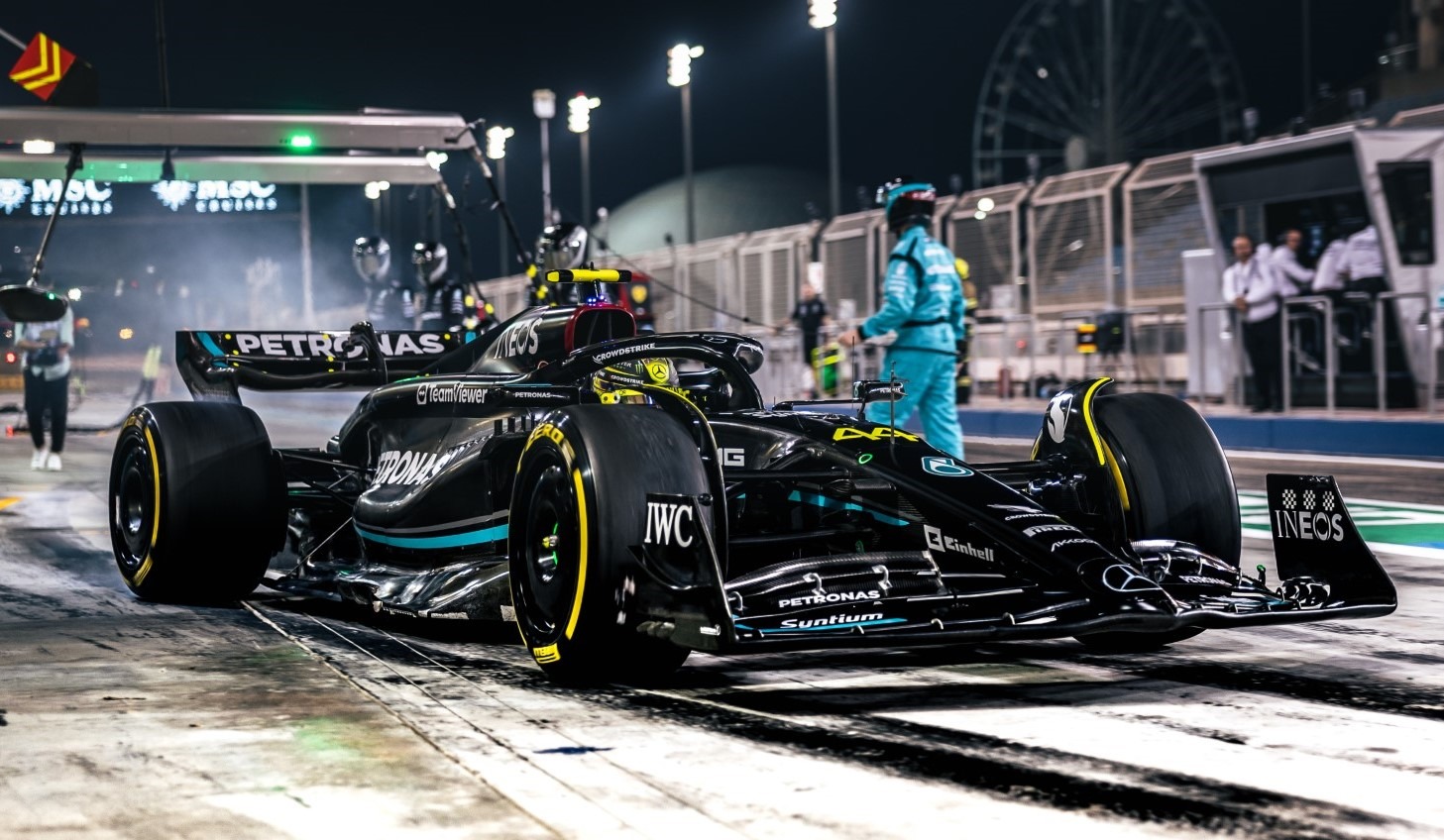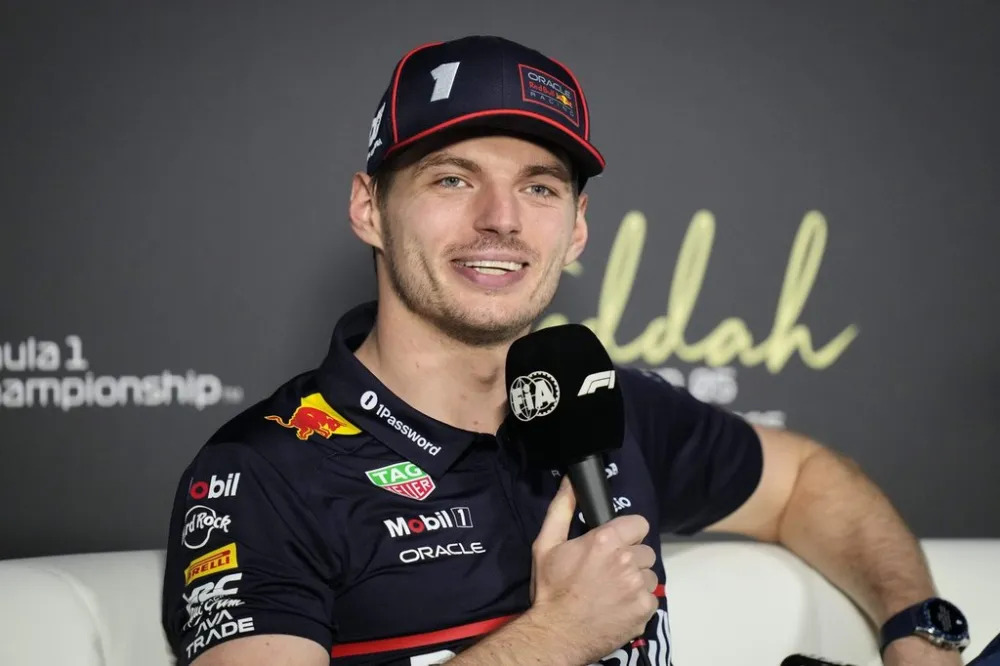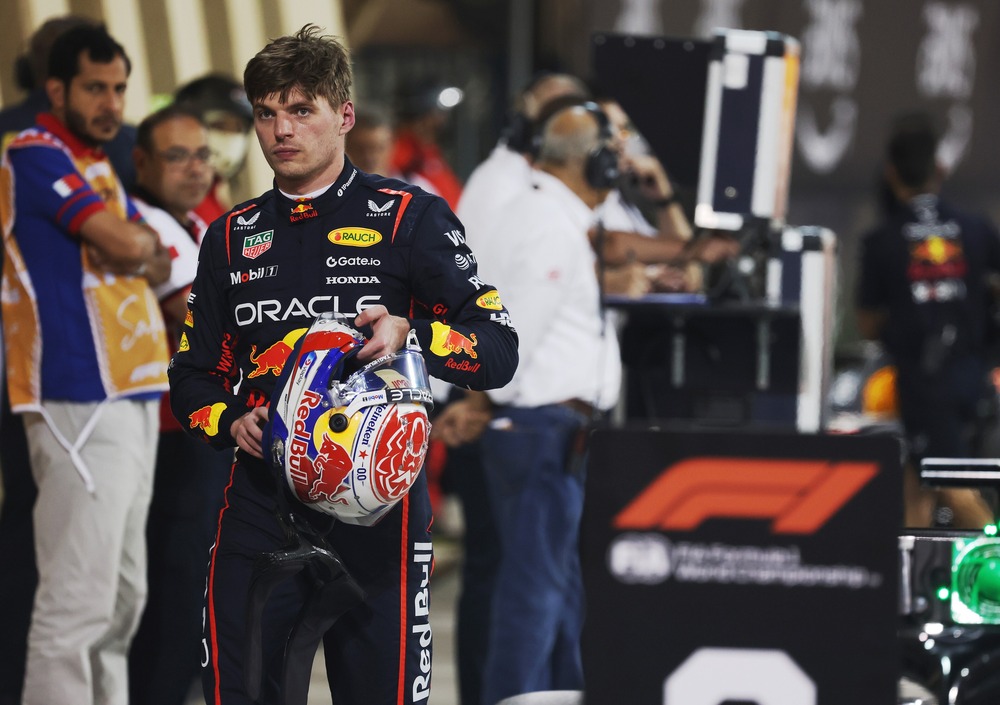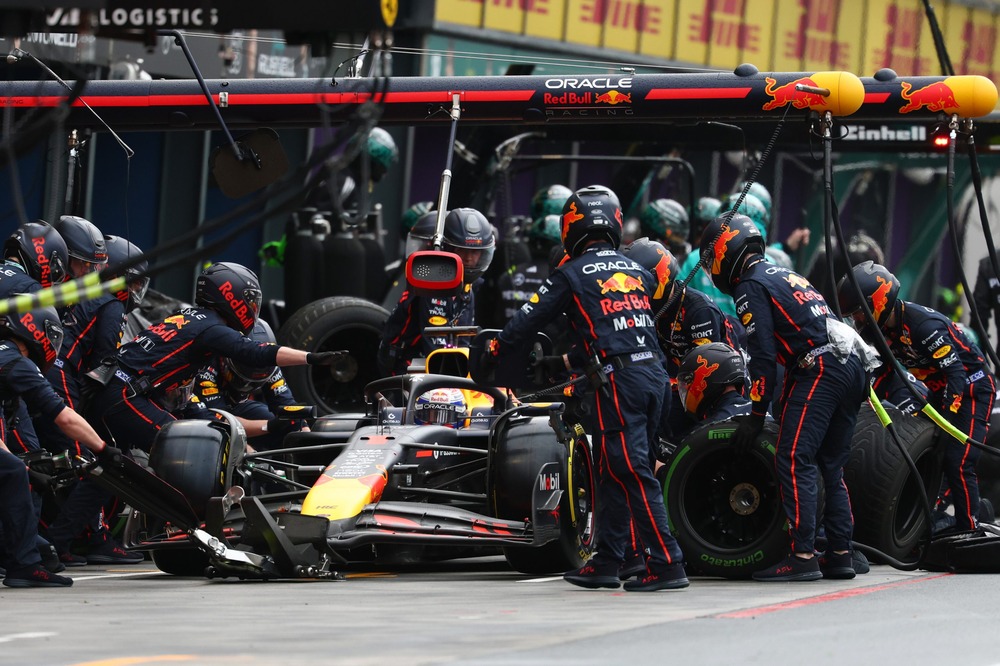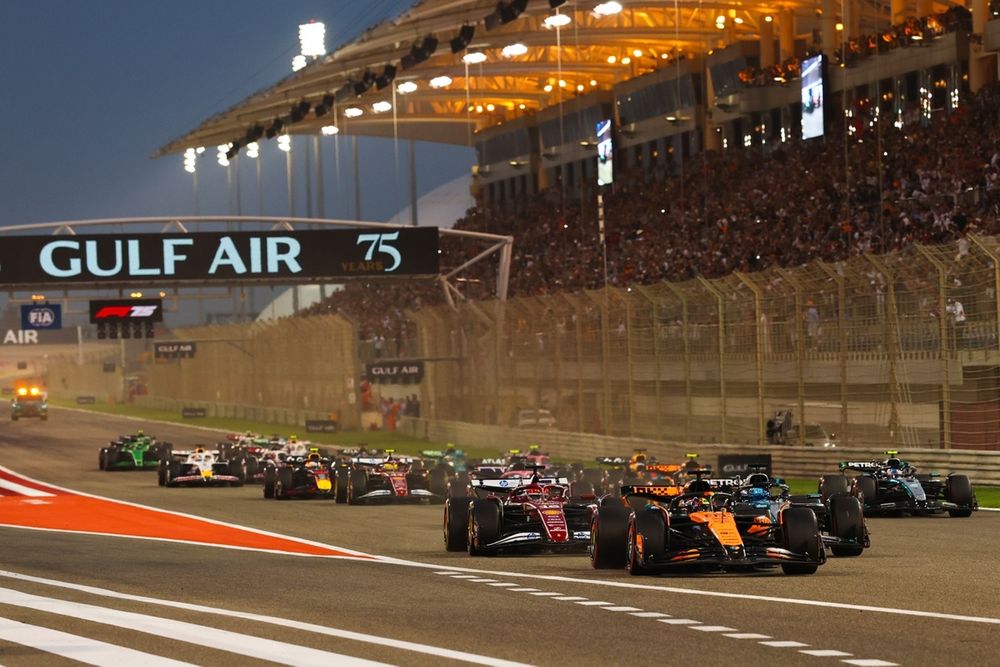Mercedes did not discover that their W14 concept was flawed in Bahrain, but the solution is more complex than changing the sidepods.
After the season opening qualifying session in Bahrain, in which George Russell qualified in sixth place and Lewis Hamilton in seventh, with Hamilton taking P5 and Russell taking P7 in the race, team principal Toto Wolff opted to drop the W14 design.
The eight-time Constructors’ champions had a better performance in Saudi Arabia, with Russell finishing fourth and briefly moving up to the podium after a Fernando Alonso penalty saw him lose third but was later overturned. However, such efforts still fall far short of what Mercedes would like to achieve given that the team wants to contend for the title once more.
Mercedes are anticipated to introduce significant upgrades to the W14 as the season progresses, with Russell hinting that Imola, the sixth stop on the calendar, may be the location for the first major overhaul.
The wind tunnel had already alerted Mercedes that a change of strategy was required, so they did not need to wait until the first races of F1 2023 to realize they had made a mistake with the W14.
However, their trackside engineering director Andrew Shovlin emphasized that the solutions go beyond their distinctive zero-pod design, which has been the obvious weakness of the W14 as well as its underwhelming forerunner the W13, to blame for Mercedes’ troubles.
Now, the team is competing with Aston Martin and Ferrari for the right to claim the title of “best of the rest” after Red Bull.
“You can look at your development rates in the wind tunnel,” Shovlin said as quoted by Motorsport.com. “And before we even got to Bahrain, there were conversations about looking at bigger [concept] departures.”
“That’s not looking at it in isolation for this year’s car development, it’s something we’ve done over the course of the last 10 years.”
“If you’re not finding the gains you need, you make a bigger change… You explore another area and often you want to unlock that.”
“That had already happened before Bahrain. But perhaps the urgency to try and bring those bits to the track has gone up following the early races.”
“Perhaps we’ve adopted the word concept to mean sidepod… This car is an evolution of the car that we had last year, and a lot of that is tied around where we’ve got the side impact structure.”
“So now we’re looking at bigger departures because it’s evident that this hasn’t given us the performance that we’d like.”
“Saying that, there’s other areas of the car that we know we need to improve as well. It would be very misguided to think if we go and put a different-looking sidepod on it, all of that gap is going to vanish.
“The reality is that the vast majority of that gap is going to have to come from other performance areas. We’ve got a lot of projects at the moment trying to bring performance over the next five races.”
This season, Hamilton has proven to be the more outspoken of the two Mercedes drivers, making it obvious that the W14 is a car with which he does not “connect,” and he has also accused the team of ignoring his input when developing the w14.
But, Shovlin is confident that if Mercedes can make Hamilton feel more at ease in the W14 as the season progresses, it should also have the similar impact for Russell.
“There’s things where the car hasn’t gotten entry stability, and that means they haven’t really got the confidence with it,” said Shovlin.
“It can be a bit tricky to bring the tyres in, and we’re sliding around too much in the high speed.”
“We’re taking feedback from both drivers throughout every session, and that’s getting fed into the development process. And, ultimately, I think if we improve the car for Lewis, we will improve it for George as well.”

